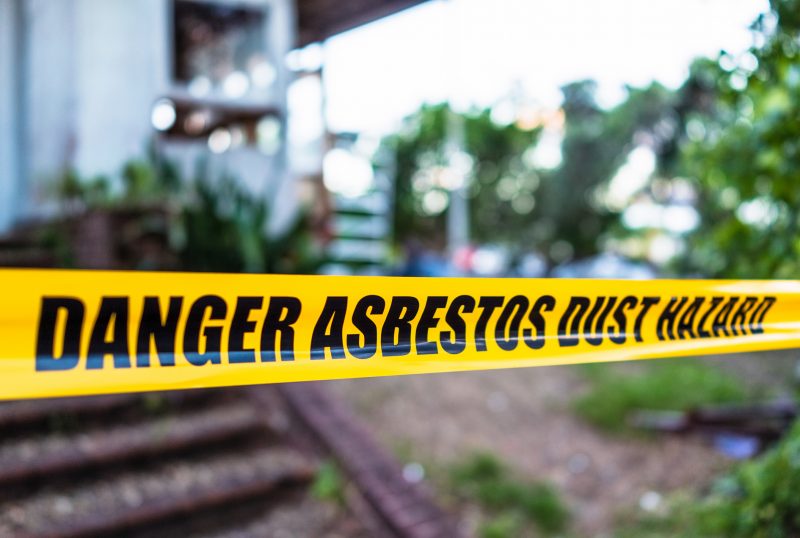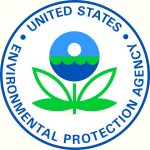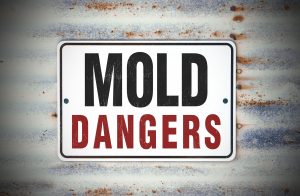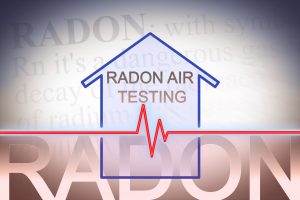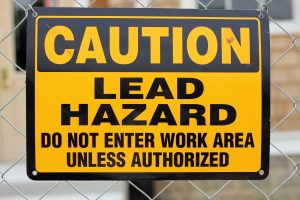Asbestos
Once highly valued as an insulator, contractors used asbestos insulation and building products during constuction up until about the 1970’s. Asbestos was added to a variety of products to strengthen them and to provide heat insulation and fire resistance.
While an expert lab test using polarized light microscopy may be needed, many asbestos-containing building products not only are obvious and easy to recognize, but since there were not other look-alike products that were not asbestos, a visual identification of this material can be virtually a certainty in many cases.
Today asbestos remaining in these buildings poses an even greater risk, as its age and condition allows the fibers to fragment into particles that can suspend in the air. Exposure to airborne friable asbestos may result in a potential health risk because persons breathing the air may breathe in asbestos fibers.
Continued exposure can increase the amount of fibers that remain in the lung. Fibers embedded in lung tissue over time may cause serious lung diseases including asbestosis, lung cancer, or mesothelioma.
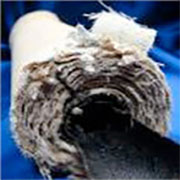
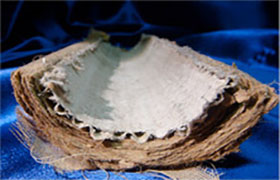
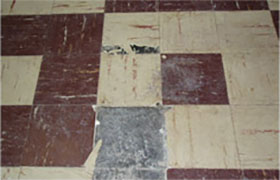
The most common products found in older homes that contain asbestos materials include:
- Pipe Wrap Insulation
- Attic and Wall Insulation known as Vermiculite (usually found in houses built between 1930 and 1950)
- Asbestos Flooring Tiles most commonly used in the 1960's
- Asbestos Materials on or in the Air Conditioning or Heating System Duct Work
- Asbestos Cement Roofing, Shingles, and Siding
- Walls and floors around woodburning stoves may be protected with Asbestos Paper, Millboard, or Cement Sheets
- Artificial Ashes and Embers sold for use in gas-fired fireplaces may contain asbestos
- Door Gaskets in furnaces, wood stoves, and coal stoves
- Asbestos Insulation “Blankets” around hot water heaters
- Transite Pipes, Chimney’s and Flue’s
A number of asbestos treatment options are available where asbestos materials are found.
Choice of treatment can make a big difference in possible costs of handling the material. If the asbestos-suspect material seen in a building is confirmed as actual asbestos or an asbestos-containing product, depending on its condition and location, treatment ranges from doing nothing to complete removal. If asbestos materials are in good condition and undisturbed, the material may not necessarily need to be removed, but rather be repaired by an asbestos professional via encapsulation or enclosure.
Professional asbestos removal would involve significant costs and is the recommended course of action where asbestos materials are damaged, friable, in a location subject to damage, in an occupied space, and/or in an unoccupied location where asbestos debris is likely to be carried into occupied space by human traffic or by the operation of heating and cooling equipment.
The US EPA in their “Asbestos NESHAP Adequately Wet Guidance” defines “friable asbestos material” as “any material containing more than 1 percent asbestos as determined using Polarized Light Microscopy (PLM), that, when dry, can be crumbled, pulverized, or reduced to powder by hand pressure.”
The definition of friable asbestos is important, because non-friable asbestos-containing material is less likely to be an asbestos hazard in buildings, unless it is mechanically ground or pulverized.

